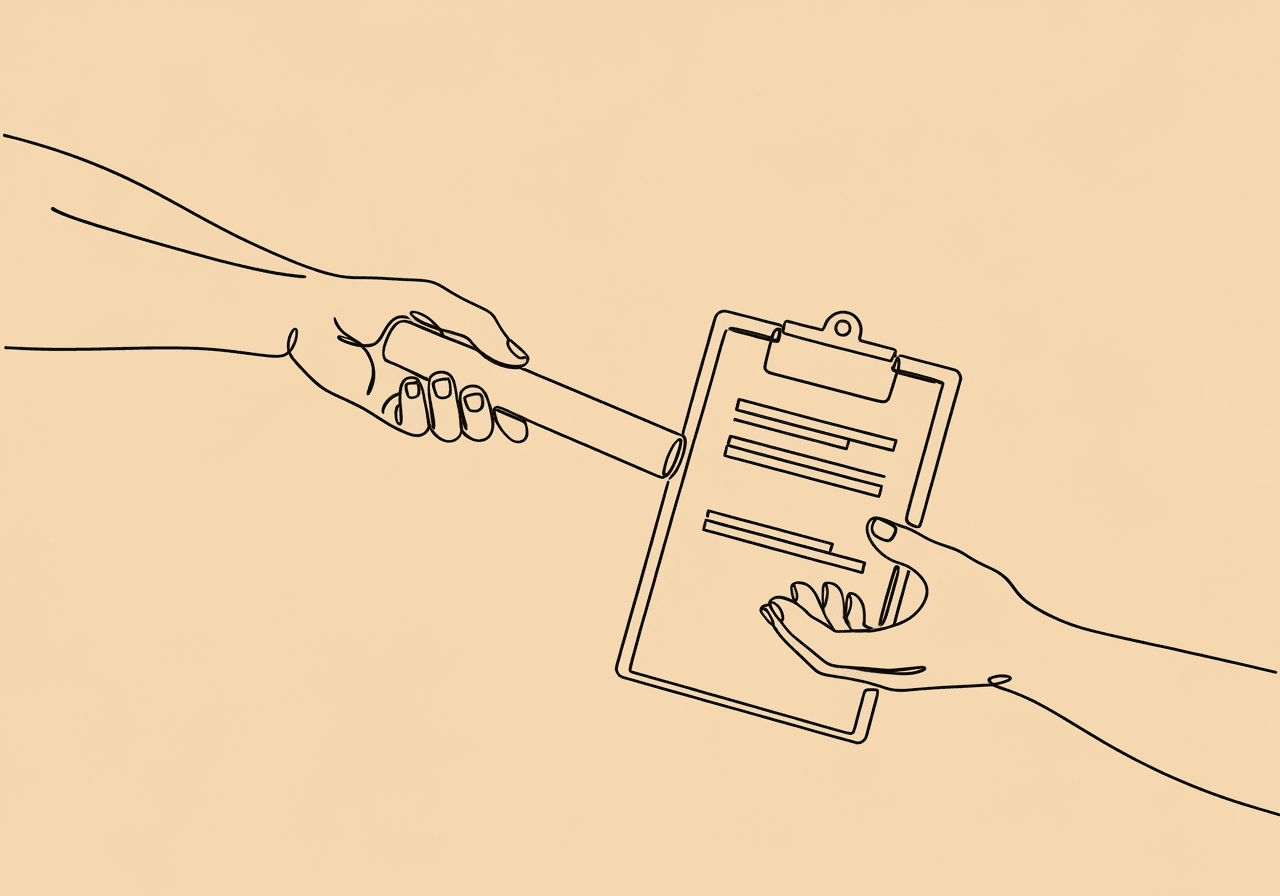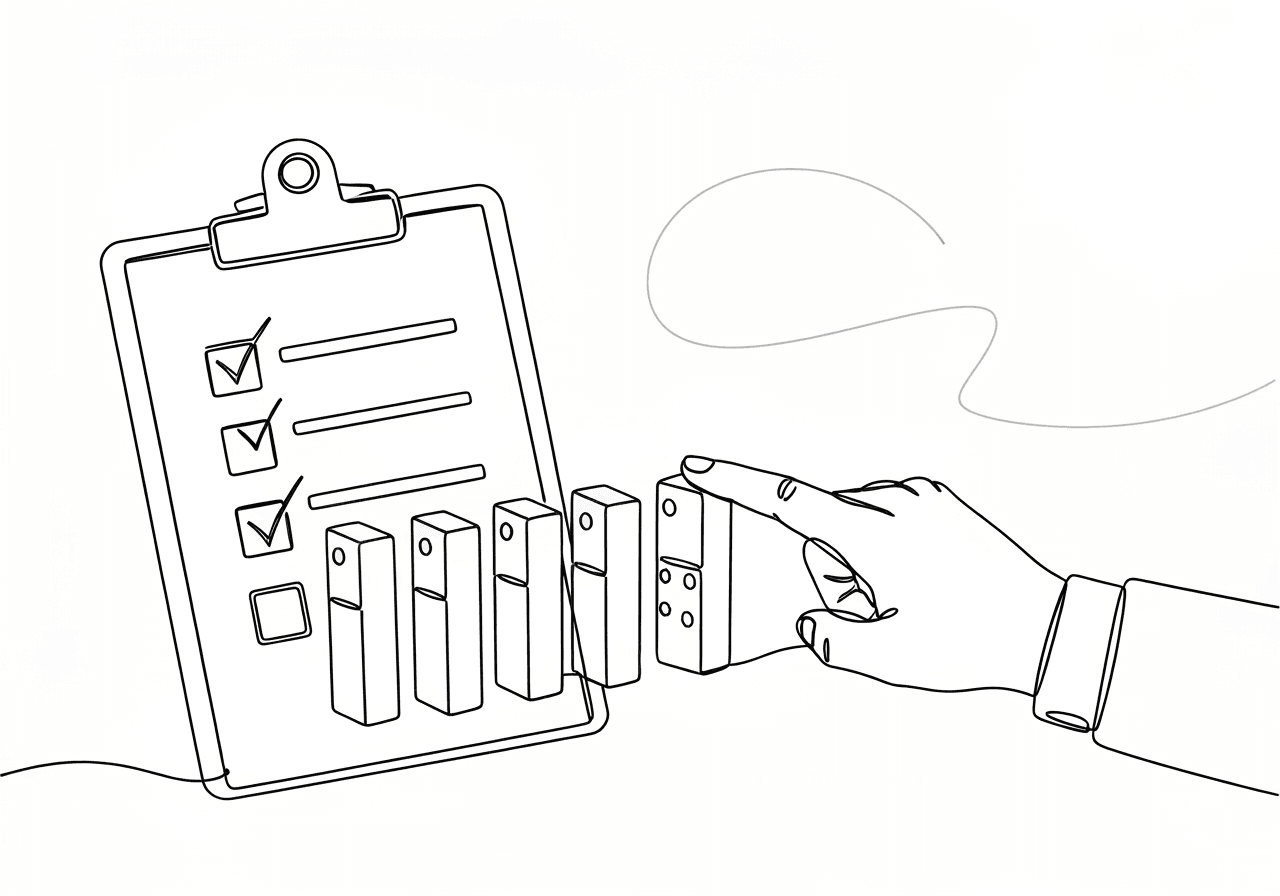Master BCBA Technician Competency Documentation

Why BCBA Technician Competency Documentation Matters in ABA Practice
Applied Behavior Analysis (ABA) moves quickly, and as a BCBA, you know that starting technicians with strong skills is essential. It's not optional—it's a BACB requirement that keeps client progress on track and shields your practice from compliance headaches. Gaps in early training often cause uneven implementation, billing snags, or certification holdups for your team. That's why BCBA technician competency documentation forms the core of reliable training. It confirms abilities, backs ethical oversight, and smooths the path to RBT certification.
Have you ever wondered how to make this process airtight? This guide breaks it down into practical steps. You'll see how to match your program to BACB rules, apply Behavior Skills Training (BST), run assessments, and keep records secure. These tools will help you develop capable technicians and stay ready for audits.
Getting Started: Aligning Your Training with RBT Task List Domains
First, connect your training outline to the RBT Task List (2nd Edition). It breaks competencies into six key areas: Measurement, Assessment, Skill Acquisition, Behavior Reduction, Documentation and Reporting, plus Professionalism and Ethics. The Behavior Analyst Certification Board (BACB, 2025) insists that RBT candidates prove skills in all these before getting certified. Your records need to highlight this full coverage.
Outline your curriculum by linking each domain to targeted modules. For example, tackle Measurement with practical data collection drills. Track everything in a basic table: session dates, covered topics, and materials. This builds a solid trail for reviews. Jot down attendance, main points learned, and starting quizzes to gauge baseline understanding.
Such mapping goes beyond BACB basics—it cuts down on fixes later. Pull from the official RBT Task List (BACB, 2020) for precise tasks, and note it in your entries to check accuracy.
Building Skills: Applying Behavior Skills Training (BST) Documentation
Ever notice how Behavior Skills Training (BST) turns novices into pros? The BACB backs this proven approach for technician development. It includes four parts: instruction, modeling, rehearsal, and feedback. Log each carefully to show your method was organized and worked well, particularly for non-RBT staff moving toward certification.
Start with instruction. Write down clear verbal and written guides on skills, such as running a discrete trial.
Then, move to modeling. Describe your demo, like guiding a learner through prompts, and add video times if you record it.
In rehearsal, track the tech's tries, spot errors, and count repeats until they nail it.
Wrap up with feedback. Explain your input, such as refining the prompt levels to cut down mistakes.
Use a BST checklist per skill and sign when done. Studies confirm BST boosts skill pickup in ABA when tracked well, with high success rates Effects of Behavioral Skills Training on Teacher Implementation of a Reading Intervention. This makes non-RBT staff training documentation solid and cuts service inconsistencies.
Refer to the BACB RBT Handbook (2025) to link your notes for full compliance.
Setting the Baseline: Conducting Initial Competency Assessments
With training rolling, it's time for the initial competency assessment. Use the BACB's standard packet. It tests 13 main tasks across domains, done after 40 hours of training but no later than 90 days before applying for RBT status. As the lead assessor—a BCBA who's finished supervision training—record this starting point to show early skill levels.
Review training logs first. Then watch the candidate in mock or live setups. For every task, mark if they hit the mark: Did they track behavior right? Check boxes on the form and add notes, like "Tech grabbed interval data with strong agreement on the first go."
Sign and date it. Keep copies handy. BACB rules demand this check for exam approval, and spotty records can push back certification RBT Certification Guide. If you hand off to an assistant, spell out your review in writing.
This starting measure paves the way for watching growth. See the RBT Initial Competency Assessment Packet (BACB, 2025) for full details.
Monitoring Growth: In-Vivo Tracking with Fidelity Checklists
Now, let technicians use skills in real sessions. Track advances with a procedural fidelity checklist to gauge how accurately they follow steps. Fidelity tracks the share of correct actions, often targeting 90% or better as a standard in ABA practice A Practitioner's Guide to Measuring Procedural Fidelity.
Tailor a checklist to the RBT Task List. For skill acquisition, list items like "Give the starting cue" and score observations as yes, no, or partial.
Do monthly direct watches. Enter dates, session info, and results.
Watch trends over time: Starting at 70% fidelity? Log focused input and follow-up checks until they master it. These notes show steady oversight, needed for at least 5% of hands-on hours with a BCBA RBT Handbook.
Fidelity tools help lower mistakes in ABA, leading to stronger client results Ensure Audit-Readiness with Robust Clinical Documentation. Store logs securely, meeting HIPAA rules, whether digital or on paper.
Providing Guidance: Logging Feedback and Improvement Plans in DAP Format
Feedback drives real change, right? Structure it with Data, Assessment, Plan (DAP) notes: facts from watches, your take on strong spots and weak ones, plus next steps. BACB calls for two monthly oversight meetings, one with direct viewing, so detail them fully.
For each session, note the date, time spent, discussion points (like "Went over chart mistakes"), exact advice ("Add session details on what happened before"), and the tech's reply. If skills slip, map out fixes: extra BST, practice runs, or helpful reads.
Get signatures from both to lock in agreement. This setup builds responsibility and fits ethics rules on oversight. Check the BACB Ethics Code for Behavior Analysts (2022) for more on avoiding issues through solid records.
Scan notes every two months to tweak strategies. It creates a positive space that aids retention, as research shows structured input greatly lifts technician performance.
Wrapping It Up: Assembling the BCBA Technician Competency Documentation Package
Gather your files into a full verification set for RBT filing. Use a checklist: 40-hour training proof, signed assessment, oversight logs, and fidelity records. BACB needs this complete bundle per application, and gaps pose a significant risk of rejection during reviews BACB Annual Data Report.
Go digital for organization, with time stamps and access tracking to follow HIPAA. Confirm your qualifications as assessor—BCBA status and supervision prep—and any links to the group providing services.
Match everything to the RBT Task List for domain coverage. Upload to the BACB site and save backups. The 2025 RBT Application Resources (BACB) helps, but sloppy assembly still slows things down.
Your BCBA technician competency documentation shines here, easing the shift to certified work.
Long-Term Safeguards: Setting Up a 7-Year Record Retention System
Keep supervision and skill records for seven years post-contact, per BACB policy. This covers audits, renewals, or legal needs. Set up protected storage—encrypted cloud or locked cabinets—sorted by tech and timeline.
Run yearly checks on your system: Dispose of outdated extras safely, but keep active ones marked. Log the whole retention setup, including how to handle files after seven years.
It matches Ethics Code section 2.11 and keeps Behavior Skills Training documentation viable long-term. Skipping this can bring fines or certification trouble, so stay vigilant Summary of Ethics Violations.
The BACB RBT Handbook (2025) covers these basics.
Frequently Asked Questions
What Tasks Are in the RBT Initial Competency Assessment?
It includes 13 tasks over six RBT Task List domains. Think preparing sessions, measuring behaviors, helping with skill plans, and plotting data. A qualified BCBA must watch in real or practice settings. BACB (2025) focuses on hands-on skills, needing records of 80-100% mastery RBT Initial Competency Assessment Packet.
Who Qualifies as an Assessor for RBT Competency?
Look for a BCBA or BCaBA with the 8-hour BACB supervision course. They need a work or contract link to your group. They lead and sign off. BACB (2025) pushes this for fairness—skip relatives or outsiders to dodge rejections.
Any 2024 Changes to RBT Competency Rules?
From January 1, 2024, candidates, assessors, and providers must connect organizationally. No non-BACB forms allowed. The 90-day pre-application limit holds, with easier packets in 2025. It strengthens oversight BACB Upcoming Changes.
Renewing RBT Certification After Initial Assessment?
Yearly renewal means 14 hours of training: 8 on ethics, 3 on oversight, 3 client-focused, plus a task-based check. Log 5% monthly supervision and file with BACB. Details in the RBT Handbook (BACB, 2025).
How Long for an RBT Competency Assessment?
Plan 1-3 hours based on tasks—often 6-8 in one go. Add time for setup and review. Efficient BCBAs average 2 hours, stressing on-the-spot notes RBT Competency Assessment Guide.
Integrating BST into Non-RBT Staff Training?
BST fits non-RBT staff training documentation by logging instruction, modeling, rehearsal, and feedback per session. Aim for 90% fidelity progress. BACB (2025) suggests it for all front-line roles to keep ABA steady.
Strong BCBA technician competency documentation goes beyond forms—it's proof your training yields ethical, impactful ABA. From RBT Task List ties to seven-year storage, it grows skilled teams, cuts risks, and improves client results under BACB guidelines.
Audit your templates against the newest BACB packet. Pilot a training with one tech using BST lists for fidelity. Add digital storage for easy compliance. With evidence-based oversight, your practice will excel under review and lift your staff.
Popular in Study Guides & Training
Popular in Study Guides & Training
Related Resources
Explore more helpful content on similar topics

BCBA RBT Competency Documentation: Step-by-Step Guide
Discover BCBA RBT competency documentation essentials for BACB compliance. From baseline fidelity to maintenance supervision, learn step-by-step best practices for effective RBT training and procedural integrity.

Essential Guide to BCBA Procedural Drift Documentation
Learn essential strategies for BCBA procedural drift documentation. Implement treatment integrity checklists and ABA fidelity checks to boost intervention effectiveness and ensure compliance in ABA practices.

Essential Guide to BCBA Service Transition Documentation
Master BCBA service transition documentation: Follow BACB ethical guidelines, use client transition checklists, and prepare key documents for seamless handoffs. Avoid common pitfalls and ensure compliance today.